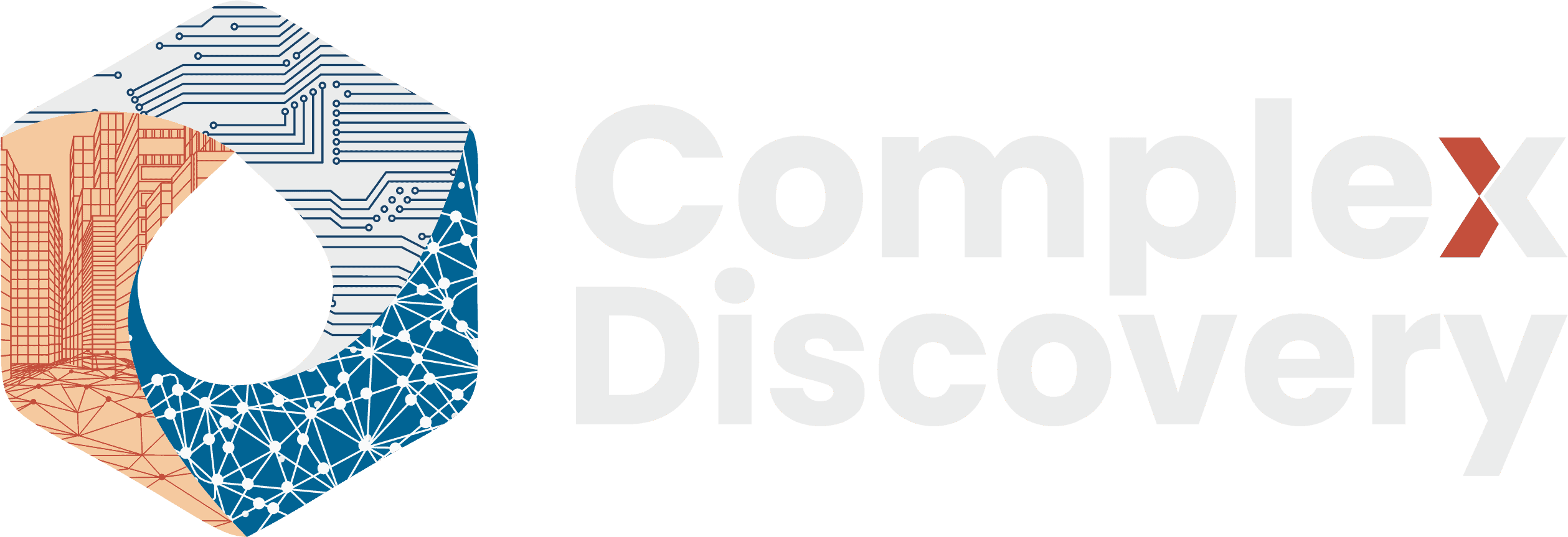Editor’s Note: Cybersecurity risks have never felt more personal—or more paradoxical—than when insurers themselves fall prey to digital predators. The June 2025 breach of Aflac Inc. reveals the uncomfortable reality that even companies built on the promise of security are not beyond the reach of sophisticated threat actors. For professionals in cybersecurity, information governance, and eDiscovery, this incident underscores the urgent need to reassess threat detection, third-party oversight, and adaptive defense strategies. As threat actors grow more targeted and deceptive, the insurance sector’s reliance on digital trust must be matched with equally robust cyber resilience.
Content Assessment: Trust Under Siege: The Aflac Breach and the Insurance Sector’s Cyber Dilemma
Information - 94%
Insight - 93%
Relevance - 95%
Objectivity - 93%
Authority - 94%
94%
Excellent
A short percentage-based assessment of the qualitative benefit expressed as a percentage of positive reception of the recent article from ComplexDiscovery OÜ titled, "Trust Under Siege: The Aflac Breach and the Insurance Sector’s Cyber Dilemma."
Industry News -Cybersecurity Beat
Trust Under Siege: The Aflac Breach and the Insurance Sector’s Cyber Dilemma
ComplexDiscovery Staff
In an industry built on the fundamental promise of protection and security, the bitter irony is unmistakable when insurance companies themselves become victims of sophisticated cyber attacks. The recent security incident involving Aflac Inc. serves as a stark reminder that in today’s threat landscape, even those who insure against risk are not immune to becoming targets themselves.
In the increasingly complex and adversarial cybersecurity landscape, the insurance sector continues to draw focused attention from sophisticated threat actors. The June 12, 2025 breach of Aflac Inc.—a leading provider of supplemental insurance in the United States and Japan—exemplifies the heightened risk facing this industry.
On June 12, 2025, Aflac detected unauthorized activity within its IT environment. The company immediately activated its cyber incident response protocols, containing the intrusion within hours. Business operations remained unaffected, and there was no deployment of ransomware. However, initial assessments indicate that sensitive data—including Social Security numbers, health-related information, and other personally identifiable information—may have been exposed. Aflac has engaged third-party cybersecurity specialists to investigate the full scope and implications of the breach. The number of affected individuals is currently under review.
While Aflac has not publicly attributed the attack to any specific actor, independent threat intelligence experts have noted that the methods used in the intrusion are consistent with the tactics of the threat group known as Scattered Spider. Also tracked as 0ktapus and UNC3944, this group comprises primarily English-speaking individuals from the U.S. and U.K., and is known for leveraging advanced social engineering schemes—including impersonation of employees, help desk manipulation, and multi-factor authentication bypass.
John Hultquist, chief analyst at Google’s Threat Intelligence Group, has observed that the intrusion bears resemblance to prior campaigns linked to Scattered Spider, including high-profile incidents such as the September 2023 breach of MGM Resorts. The group has been associated in broader threat analysis with various ransomware affiliates, including BlackCat, RansomHub, and Qilin; however, no ransomware was deployed in the Aflac case, nor has any direct link to these affiliates been substantiated.
As part of its response, Aflac has notified relevant regulatory authorities and is actively informing potentially impacted individuals. The company is offering credit monitoring and identity theft protection services as a precautionary measure. Notably, other insurers—including Erie Insurance and Philadelphia Insurance Companies—reported similar cyber incidents during the same period, suggesting a pattern of activity within the sector.
Broader industry analysis has identified Managed Service Providers (MSPs) as potential systemic vulnerabilities in such campaigns, based on their exploitation in prior incidents attributed to Scattered Spider. However, there is currently no publicly available evidence confirming the use of an MSP as an attack vector in the Aflac breach.
These developments reinforce the imperative for enhanced cybersecurity vigilance within the insurance industry. A coordinated approach—encompassing proactive threat intelligence, reinforced identity and access management, rigorous third-party risk oversight, and continuous incident response readiness—is essential to counter increasingly targeted and adaptive cyber threats.
As insurance organizations navigate this challenging digital environment, the Aflac incident serves as a critical reminder that the very institutions trusted to protect against unforeseen risks must themselves demonstrate unwavering resilience. In a sector where trust is the ultimate currency, the cost of compromise extends far beyond immediate financial impact—it strikes at the core of the promise these organizations make to those who depend on them for security and peace of mind.
News Sources
- Aflac duped by social-engineering attack, marking another hit on insurance industry (CyberScoop)
- Aflac discloses cyber intrusion linked to wider crime spree targeting insurance industry (Cybersecurity Dive)
- Aflac discloses breach amidst Scattered Spider insurance attacks (Bleeping Computer)
- Aflac latest victim of ‘sophisticated cybercrime group’ (The Register)
- Aflac says it stopped attack launched by ‘sophisticated cybercrime group’ (The Record)
- Aflac Data Breach By Scattered Spider Hackers Is No Quacking Matter (Forbes)
Assisted by GAI and LLM Technologies
Additional Reading
- Cybersecurity Breaches Highlight Challenges for Media Organizations
- Model Poisoning and Malware: GenAI’s Double-Edged Sword
- The LockBit Breach: Unmasking the Underworld of Ransomware Operations
- The TeleMessage Breach: A Cautionary Tale of Compliance Versus Security
Source: ComplexDiscovery OÜ









































